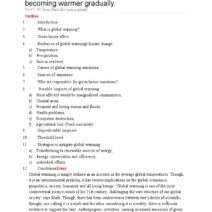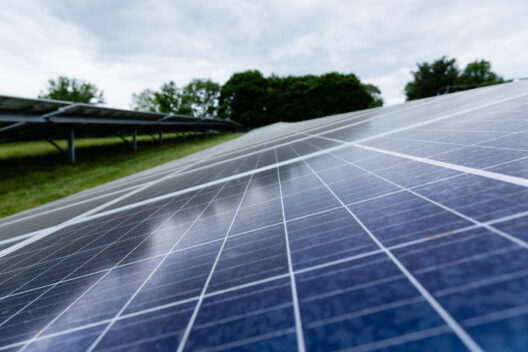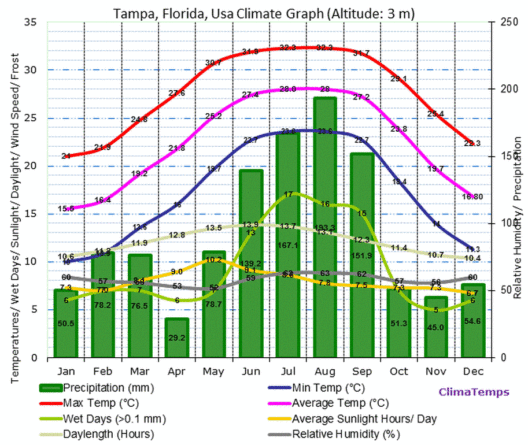Global warming stands as one of humanity’s most formidable challenges. The phenomenon is not merely a distant threat; it is an accelerating crisis that demands urgent action. A crucial aspect of this crisis is the concept of positive feedback loops. These loops magnify the effects of climate change, making it increasingly difficult to mitigate its impacts. Understanding the dynamics of these feedback mechanisms is essential for grasping the gravity of the situation and fostering effective environmental policies.
To begin, it is imperative to clarify the essence of a positive feedback loop. In ecological terms, a positive feedback loop occurs when a change in a system leads to effects that further amplify that change. In the context of global warming, various processes initiate cycles that exacerbate temperature rises. Simple examples abound: as global temperatures rise, ice sheets in polar regions melt. This ice melt reveals darker ocean or land surfaces that absorb more sunlight, further increasing temperatures and perpetuating the cycle. Such mechanisms highlight the complex interrelations within Earth’s climatic systems.
One of the most alarming feedback loops is the release of greenhouse gases from permafrost. As temperatures rise, the thawing of permafrost releases significant amounts of methane and carbon dioxide—two potent greenhouse gases. This release not only accelerates global warming but also impacts atmospheric chemistry, which leads to further temperature increases. Estimates suggest that permafrost could release as much as 1,000 billion tons of carbon. If these emissions remain unchecked, they may overwhelm our efforts to stabilize climate conditions.
Moreover, forest degradation creates another feedback loop. Healthy forests sequester carbon dioxide, playing a vital role in regulating the global climate. However, rising temperatures and increased incidences of wildfires, driven by climate change, lead to forest loss. When forests burn, they not only release stored carbon, further contributing to atmospheric greenhouse gas concentrations, but their loss also diminishes the planet’s capacity to absorb future carbon emissions. This dual effect accelerates the climate crisis, illustrating severe implications for biodiversity, air quality, and the stability of local climates.
Additionally, consider the effects of oceanic warming. As global temperatures increase, oceans absorb much of this excess heat, a process that serves to mitigate some of the warming impact on land. However, the ramifications are dire. Warmer oceans contribute to coral bleaching and disrupt marine ecosystems, diminishing biodiversity. The loss of coral reefs, which provide essential habitat for countless marine species, further impairs the oceans’ ability to act as carbon sinks. This loss of ecosystem services enhances the greenhouse effect, creating yet another feedback loop that spirals toward crisis.
Beyond natural systems, positive feedback loops are also evident in human societal behaviors. For instance, as climate change leads to extreme weather events—droughts, floods, and hurricanes—those events can exacerbate economic instability. Communities affected by climate-induced disasters often resort to practices that can be detrimental to the environment, such as deforestation for agriculture or unsustainable resource extraction for recovery. This human-induced degradation further propels the feedback loop, illustrating the intricate interplay between ecological health and societal resilience.
This interconnection raises a pivotal question: can we disrupt these negative feedback cycles? Mitigating climate warming requires an integrated approach that considers both natural and anthropogenic responses. For example, restoring degraded ecosystems can enhance carbon sequestration and improve resilience against climate impacts. Strategies such as reforestation and sustainable land management not only bolster the health of ecosystems but also provide critical habitat for biodiversity measures, thus addressing multiple dimensions of the climate crisis.
Furthermore, technological innovation plays a paramount role in breaking the cycle of disruption. Advancements in renewable energy technologies, such as solar and wind power, decrease reliance on fossil fuels, yielding a dual benefit: reducing greenhouse gas emissions while promoting economic resilience. Similarly, carbon capture and storage technologies present a potential pathway to remove carbon from the atmosphere, thereby mitigating some effects of climate change. However, these solutions must be implemented alongside robust policies aimed at reducing overall emissions and promoting sustainable practices.
Moreover, education and awareness are indispensable to fostering community-level action. Empowering individuals with knowledge about climate change and its feedback loops cultivates a culture of responsibility and stewardship. Grassroots movements have shown that collective action can drive significant change, influencing governmental policies and corporate practices. Integrating climate education into curricula and public discourse is essential for equipping future generations to address these daunting challenges.
In conclusion, the reality of global warming as a positive feedback loop presents a formidable ecological dilemma. The intertwining processes of natural degradation and human activities exacerbate the situation, making mitigation efforts increasingly complex and urgent. Understanding these feedback loops is crucial for developing effective strategies to combat climate change. By fostering resilience in ecosystems, advancing technology, and promoting education, society may disrupt these destructive cycles. The time for action is now, as the accelerating crisis of global warming continues to unfold. Immediate and decisive interventions are necessary to avert the catastrophic consequences that lie ahead.






